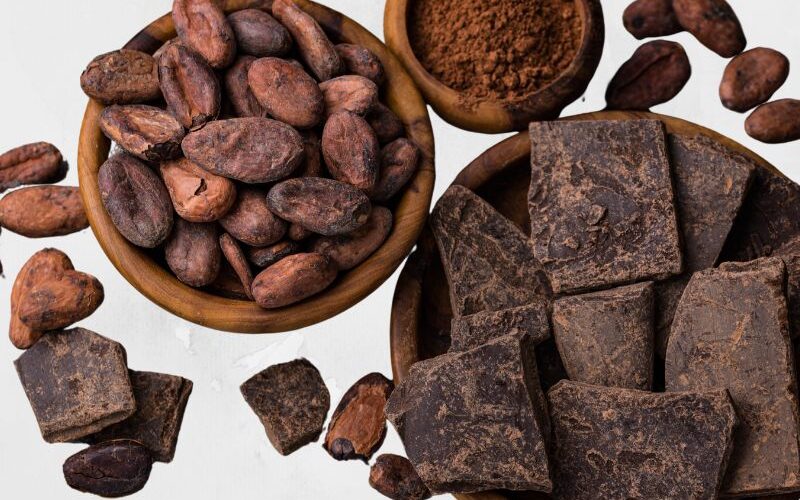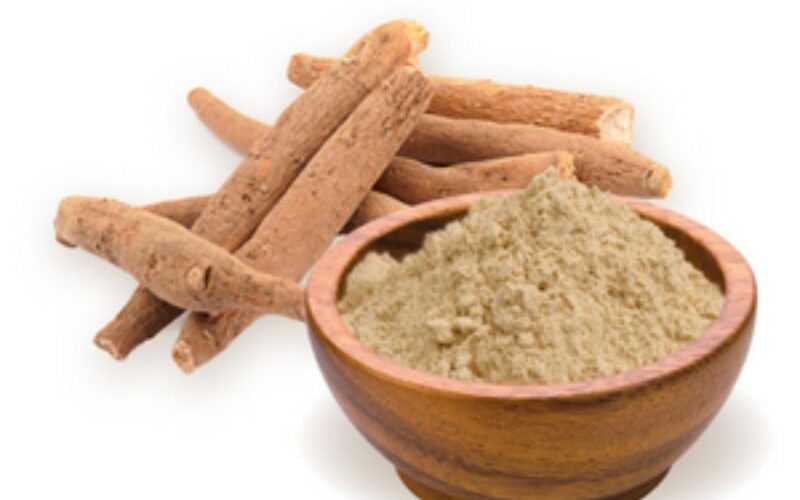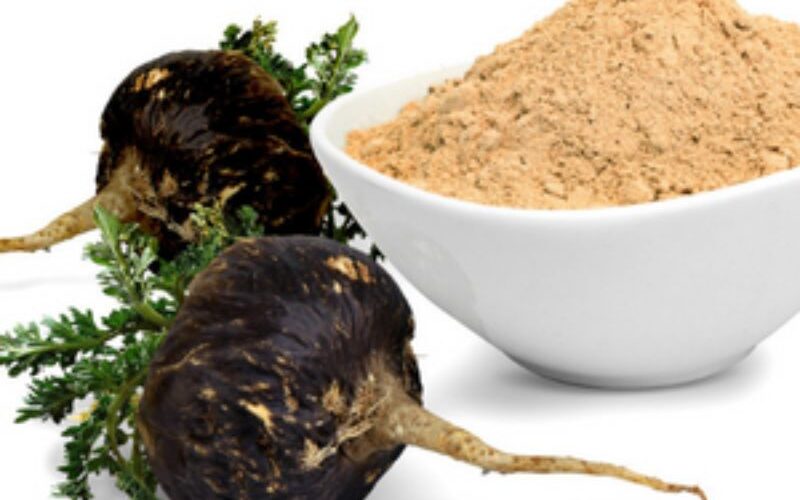Variants (Whole Quinoa white, black and red and mixed, Pre-Cooked Quinoa, Quinoa Flour, Quinoa Flakes)
Quinoa, we called it as a «superfood,» but is actually a seed from the Chenopodium quinoa plant, although it is commonly prepared and eaten like a grain. Originating from the Andean region of South America, where it has been a staple food for thousands of years, quinoa is revered for its nutritional richness and adaptability in a variety of dishes. One of the most distinctive aspects of quinoa is its nutritional profile. It’s a complete protein, containing all nine essential amino acids, which is rare for plant-based foods. Additionally, it’s rich in fiber, B vitamins, iron, potassium, calcium, phosphorus, vitamin E, and various beneficial antioxidants. This combination of nutrients contributes to its many health benefits, including aiding digestion, reducing blood sugar levels, and improving overall heart health. Quinoa is highly versatile in cooking. It can be used as a healthier substitute for rice or pasta, added to salads, used in baking, or even incorporated into breakfast cereals. Its subtle, nutty flavor and fluffy texture make it a popular choice for a wide range of culinary styles, from traditional South American dishes to modern global cuisine. The cultivation of quinoa is environmentally friendly. It’s a hardy plant that can grow in poor soil with low water requirements. This makes it a sustainable crop, particularly important in the face of climate change and growing global food need
Benefits:
- Excellent source of protein, especially for plant-based diets.
- High in fiber
- Amino acids
- Gluten- free
Applications:
- Bakery
- Cereals and Bars
- Snacks
- Dairy and Dairy Alternatives
- Dressings, Spreads and Sauces
- Supplements and Nutraceuticals



